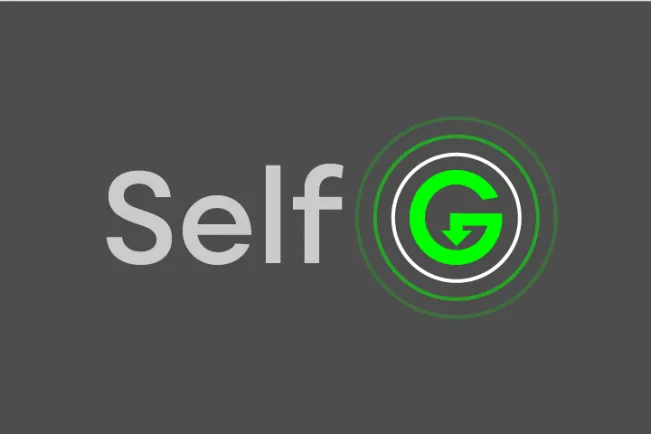SelfOG

Research project at a glance
Departments and Instituts
Funding type
Period
01.10.2016 to 31.12.2018
Project manager at H-BRS
Project Description
Aims
The objective of the SelfOG project is a systematic analysis of the relative contributions of visual and gravity based information to the perception of orientation (where is up?). The perception of the perceptual upright (PU) varies in dependency of the weighting of different gravity and body based attributes, between contexts and depending on individual differences.
Once we get a better understanding of this perception process, we will be able to develop mechanisms helping us to prevent accidents in special environments (like space or underwater) in the future. The same is true for the situation of elderly people, who sometimes suffer from lack of orientation which often leads to downfall.
Activities / Methods
We use the OCHART-Test (Oriented Character Recognition Test), which has been developed at the Centre for Vision Research at York University in Canada, in order to quantify the perceptual upright of individuals. The OCHART uses the ambiguous symbol "p" in different orientations (rotation of 360 degrees around the center of the letter), the background can also be tilted in order to provide further visual orientation input. After approximately 500ms, the participant is asked to decide, whether he or she perceived a "p" or a "d".
The experiments are conducted at the short arm human centrifuge (SAHC) located at DLR, Institute of aerospace medicine, Cologne. The participants are lying supine with their legs bend (in order to minimize the gravity effect on blood circulation). The screen where the visual input is presented is in a light-proof hood, directly in front of the participant's eyes. The gravity-levels are varied in small steps between 0 and 0.5g, in order to analyze how much gravity is needed to influence the perception of the participants.
Research associates
Cooperation partners


